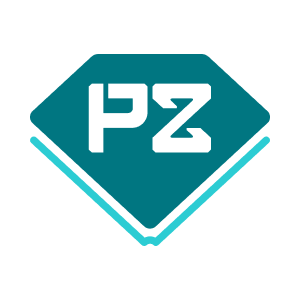NO.PZ2025022501000074
问题如下:
With respect to standardized frameworks to assess materiality:选项:
A.factors that are not financially material are typically included.
B.companies in the same sector will have the same material ESG factors.
C.developing proprietary materiality assessments alongside standardized frameworks continues to be important.
解释:
C is correct because materiality is typically measured in terms of both the likelihood and magnitude of impact. Note that many practitioners focus exclusively on material ESG factors. Determining which ESG issues are most material involves judgment and is not an exact science. Frameworks such as the materiality maps provided by SASB (now part of the ISSB) provide guidance, but investment professionals often develop their own view on what is most material.想问下c选项的解释



